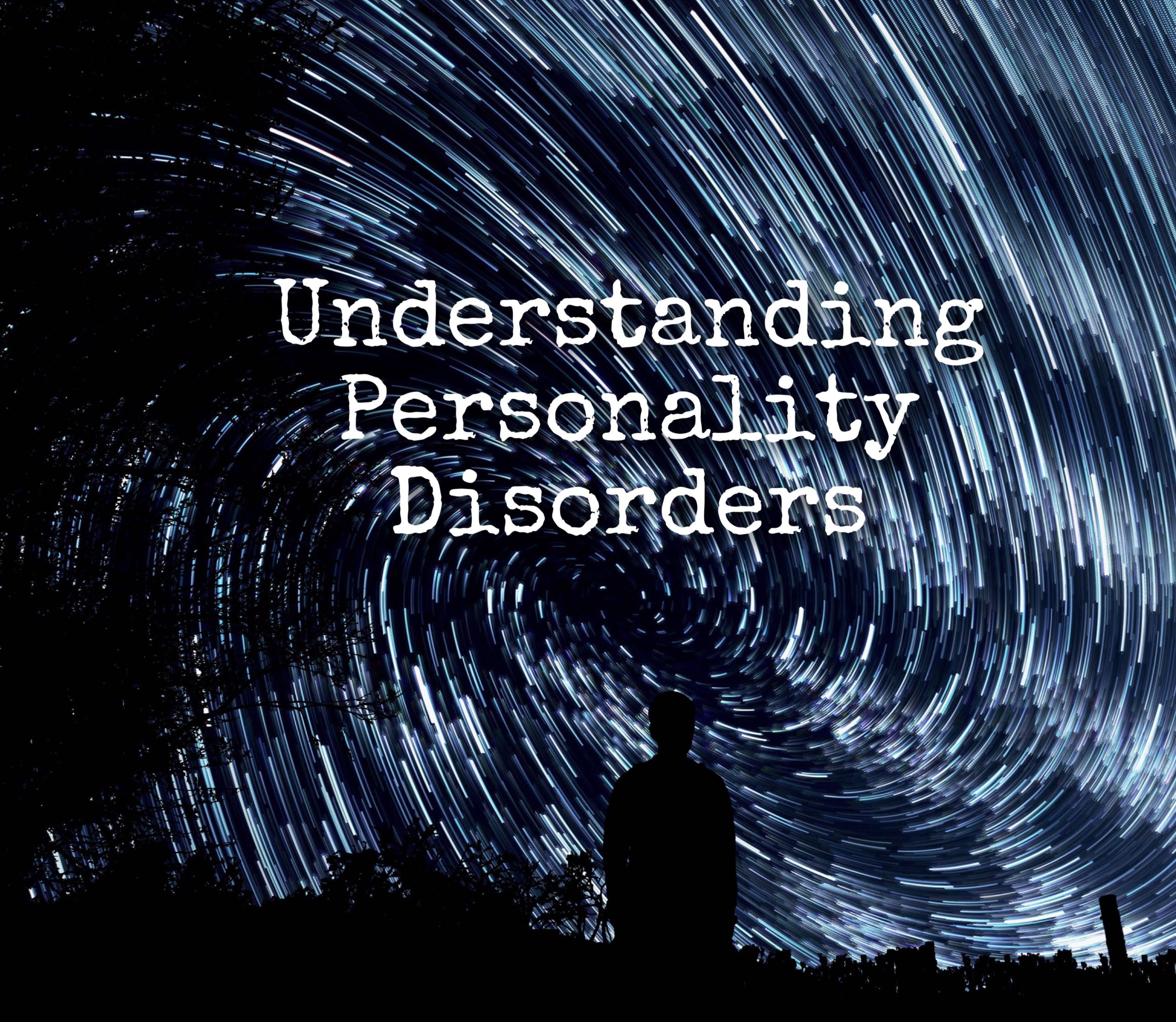
Understanding Personality Disorders
Personality disorders are identified as patterns of thinking, feeling and behaving that cause distress to the individual or affect their quality of life. While we might see parts of personality disorders within all of us, it is important to note that all disorders are normal behaviors or feelings taken to an extreme that is debilitating and has a negative impact on an individual’s life. It is estimated that 15% of the U.S. population suffers from a personality disorder and there are 10 different types split into three clusters: Cluster A, Cluster B and Cluster C.
Personality Disorder Types
The Cluster A personality disorders are associated with social awkwardness and social withdrawal. Schizoid personality disorder describes someone who is extremely distant, detached and emotionally withdrawn. Generally they prefer activities alone and don’t express strong emotions. Not to be confused with schizotypal personality disorder, which is on the Schizophrenia spectrum and is characterized by unusual thinking patterns and behaviors? Paranoia is the hallmark of Paranoid Personality Disorder. This harms people’s ability to be close to others because of deeply embedded mistrust and suspicion.
Cluster B personality disorders are associated with unpredictable thinking, behavior and emotions. Many refer to Antisocial Personality Disorder as someone who actively avoids social interactions but it is more synonymous with sociopathy. People with this personality disorder express a disregard for others, are rash and irresponsible and lack remorse. Borderline personality disorder is characterized with risky, impulsive behavior, unstable moods, and poor self-image. This impacts an individual’s ability to maintain stable relationships. Histrionic personality disorders are shallow and constantly seek attention. They often are very dramatic, possibly even childish and overly emotional. We might all be familiar with the concept of Narcissistic personality disorder. This describes someone who has an exaggerated sense of self-worth and is in constant pursuit of power and success.
Cluster C, the last sub-type of personality disorders are anxiety-associated. People with Avoidant Personality Disorder might avoid social contact like those with Schizoid Personality Disorder, but their actions are driven not because they want to be isolated, but because they are constantly trying to avoid embarrassment and judgment. This keeps them from pursuing any social interactions. Dependent Personality Disorder are those who attach strongly to people for constant reassurance and approval becoming clingy and fearing separation.
Obsessive-compulsive Personality Disorder is not to be confused with OCD, where obsessions and compulsions feed off of each other in a continuous cycle of anxiety. In Obsessive-compulsive Personality Disorder an individual fixates on perfectionism and control to the extreme.
Treating Personality Disorders
Many of these disorders might seem similar but the criteria for each disorder are nuanced and the motivations behind an individual’s actions that really define what disorder they might be diagnosed with. Personality disorders often also present alongside mood disorders like depression or substance use disorders. There are a number of therapies focused on helping those who suffer from personality disorders and lifestyle changes that can help minimize symptoms.
If you or someone you know is struggling with a mental health disorder, like depression or anxiety, please contact the professional team at Lifeline Connections. You can visit Lifelineconnections.org or call 360.397.8246 for more information.
